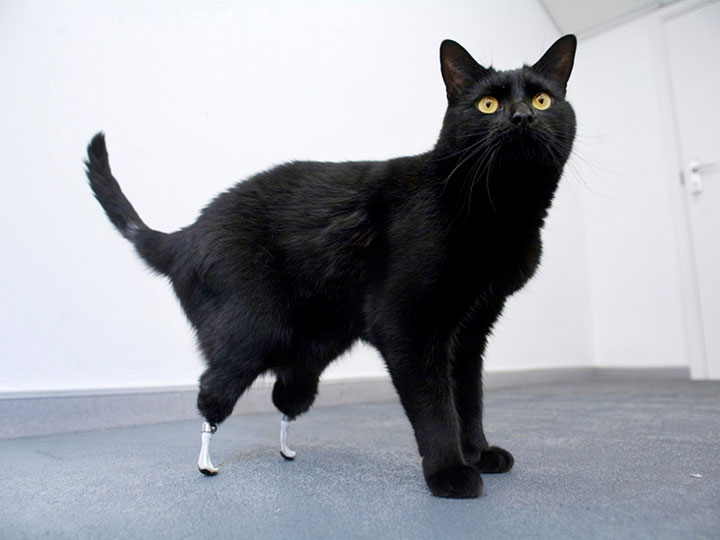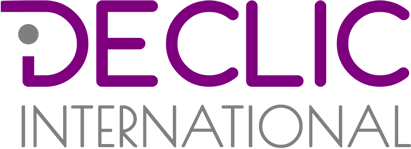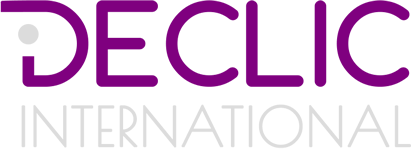12 actions to foster disability inclusion (part 3 of 3)

This is the third and final part of a three-part blog series that explores disability inclusion: key concepts, facts, barriers and enablers. I’m focusing on what you need to know and to do in order to increase the well-being, engagement, and productivity of people with disabilities in your team, while improving the work environment for non-disabled people.
Today, I’m proposing twelve inclusive leadership habits to foster disability inclusion.
The leadership habits described below follow the Inclusive Leadership Propeller Model©. This model empowers business leaders and managers to navigate human differences smoothly, by consistently applying three skills: fairness, empathy, and proactivity. More information about it in my book “Succeed as an inclusive leader –Winning leadership habits in a diverse world.”
Fairness – Are you being fair?
1- Identify and challenge biases about disabled people
Challenge common myths about disabled people such as “Disabled people are less productive, are difficult to accommodate, are less reliable, etc.” Challenge negative team reactions, particularly if you’re about to welcome a new team member with a visible disability or a current team member returning to work after an illness or an accident.
2- Make sure your disabled team members can progress as much as others
Being given fewer responsibilities and fewer promotions are the top two issues for disabled people already employed. Verify that this is not happening in your team.
Empathy – Are you treating others as they’d like to be treated?
3- Ask all candidates if they need any adjustments during the hiring process
As you never know which candidate might have a specific need, make this a standard question to everyone. But make sure you don’t ask questions about a person’s health or disability condition, as this is unlawful. Be explicit about the job tasks and working environment, and ask the person how she or he would perform her/his mission. Focus on the person’s abilities, not on his or her disabilities.
4- Talk regularly with disabled employees about their accommodation needs
The individuals themselves know what works best for them. Do this during the induction period and when people return to work after sick leave. Then monitor regularly if everything is OK. Don’t forget to ensure accessibility to the canteen, toilet, printer area, and other common facilities.
5- Get closer to employees whose attendance, behaviour or performance changes
Be attentive to changes that might reveal that an employee is experiencing a health problem. Ask how you could help and what additional support they need. Get closer to employees on long-term sick leave to find out how they are doing; show your support.
6- Carefully prepare the return of employees coming back from long sick leaves
Make them feel welcome, find out from them what support they need, do all you can to accommodate them. If that’s not possible, look proactively for reassignment opportunities within your organisation.
7- Use inclusive language
A good rule of thumb is to avoid words that carry a negative connotation and expressions that define people in terms of their disability. For example, say “Disabled people” or “People with disabilities” rather than “The disabled”; say “She has dyslexia” rather than “She’s dyslexic”; say “He has a heart condition” rather than “He suffers from a heart condition”; say “A person who’s not disabled” rather than “A normal person”. If you don’t know how to refer to a person’s condition, ask her or him.
8- Respect confidentiality
You should keep an employee’s disability status confidential unless the employee has made it clear they are happy for the information to be shared. This is particularly relevant regarding invisible disabilities. Disabled employees might feel embarrassed and concerned about the reaction of others.
9- Educate yourself about specific disabilities in your team
It’s impossible to summarise here what behaviours are most appropriate for all different types of disabilities. But the internet is full of resources. A good general tip is to humbly ask people what their main difficulties are, and what you need to do to support them.
Proactivity – Are you accelerating positive change?
10- Send your job ads to organisations specialised on disability inclusion
This massively increases your chances of getting qualified, disabled candidates. You can also consider contacting associations that support disabled students for internship positions or temporary workers agencies with proactive disability policies. Make it clear on your job ads that you’ll provide adjustments during the recruitment process and on the job if needed.
11- Pair disabled new hires with a mentor
Studies show that disabled people with a mentor have a much more positive workplace experience and higher satisfaction with their career progress than those without a mentor.[i] Mentors also have an opportunity to understand better what it’s like to have a disability.
12- Raise your team’s awareness about disabilities
Share with your team your key learnings from this chapter. Prepare your team for the arrival or return of a person with a disability (with the person’s consent and guidance), particularly if it’s a severe or visible type of disability. This will increase your chances of successfully (re)integrating a person with a disability in your team.
You can take advantage of different disability dates throughout the year (European or national disability week; international day of people with autism, with depression, etc.) to organise awareness raising events. An easy way to do this is to find, in your organisation, disabled people willing to come and share their experiences with your team. But be careful not to reinforce stereotypes. I’ve been in an organisation that had organised “wheelchair tours” in the office to raise awareness about accessibility. The intent was positive. But the activity only reinforced the association: disabled people = people on wheelchairs.
***
Thanks for taking the time to read this post. Let me know what you think about it in the comments below!
This is an excerpt from one of the chapters of my book “Succeed as an inclusive leader – Winning leadership habits in a diverse world”. You can download for free the sample chapter “Supporting work-life integration” by clicking here. This article was published on my blog and on Huffington Post. To get my articles and updates directly in your inbox, sign up for my newsletter.
NEED HELP BUILDING INCLUSIVE LEADERSHIP SKILLS?
Contact me and find out about the Inclusive Leadership Think-tank, an innovative workshop that empowers business leaders to role model the leadership behaviours to drive inclusion and performance.
ABOUT THE AUTHOR
THAIS COMPOINT is a multiple award-winning author, speaker, trainer and consultant specialising in inclusion and diversity for the past 18 years. She helps organisations build inclusive cultures and diverse teams so that they can increase engagement, productivity, innovation and sales. She is the CEO of Déclic International, a global consultancy that she created in 2016, after having led the inclusion and diversity strategies of three Fortune 500 companies. She’s also the author of the book “Succeed as an inclusive leader”, a TEDx speaker, the founder of the 1s Inclusive Leadership Global Conference, and a regular Huffington Post contributor.
References
[i] Kate Vernon, Towards Disability Confidence – a resource guide to employers in Hong Kong and Singapore, Community Business, April 2011.



